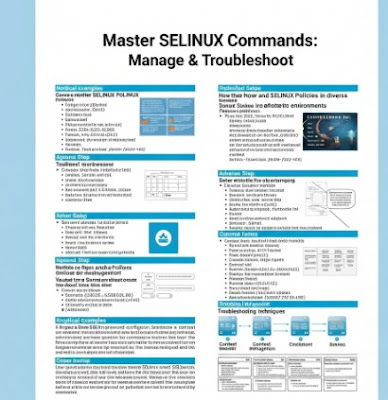6 Linux Commands I Use for Malware Analysis
Introduction: Unlocking the Power of Linux for Malware Analysis In the ever-evolving landscape of cybersecurity, malware analysis is paramount. Understanding how malicious software operates is crucial for prevention and remediation. Linux, with its powerful command-line interface and robust security features, provides a secure and efficient environment for this critical task. This article delves into six essential Linux commands that I, as a seasoned security professional, frequently utilize for malware analysis. These commands are versatile and adaptable to various scenarios, ranging from basic file inspection to intricate reverse engineering tasks. 1. `file`: Unveiling File Types and Characteristics Identifying the Nature of Suspicious Files The `file` command is your first line of defense. It identifies the type of a file by examining its contents, providing vital information about its structure and potential nature. This is essential when dealing with unknown files or obf...








